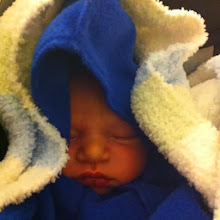
Today, nestled in this valley, is Kibbutz Netiv HaLamed Hey and the Eco-Arts Village, a community of artists who are inspired by the landscape around them and dance, paint, write, and sculpt their love of the land and its history.
But how does one transform the landscape and its rich history into
a piece of art?
This week I worked with the Eco-Arts Village to lead workshops for 100 teenagers from across the US and Israel to do exactly that. We created colorful mosaics with pieces of pottery and glass that evoked the rise and fall of the land around us, and made the land an integral part of the artwork by sealing the mosaics with a mixture made of all natural materials found in the earth.
We choreographed a dance that represented the battle between David and Goliath, and performed it to poetry that expressed how we can interpret the ancient battle in our lives.


This week I began to study a new form of art, one that combines artistic skill with a detailed knowledge of Jewish law. Sofrut, the ancient tradition of scribing holy texts, requires one to carefully study the laws of shaping each letter, and is done with a feather quill and special ink on parchment made of animal hide. I have only just begun with the Hebrew letter "bet", but I am excited to learn this special tradition and combine my art inspired by the land of Israel with the language of Torah.
Click the second slideshow to the right to view more pictures including my cousin Asher's wedding and the Ella Valley vineyard right in my backyard!
Don't forget to visit www.TanyaFredman.com and write me at Tanya@TanyaFredman.com
Lehitraot, and all the best!
Tanya

